With Stellantis experiencing financial woes and now facing tariff challenges across both its North American and European arms, its senior management team will be tested and stretched more than ever.
As the automotive industry is buffeted by the disruption flowing from President Trump’s tariffs and industry observers try to work out what they will mean in the long run, it is perhaps instructive to look at how tariffs and other economic or geopolitical factors impact on individual companies.
Can damaged supplier relationships be repaired?
In 2024, it had to address production and supply chain disruption in the US when key suppliers were not granted price rises in the face of rising input costs of their own; a number of them took Stellantis to court, or were taken to court with Stellantis wanting to get the court to make suppliers keep delivering. Some cases went against Stellantis, others partly in its favour; but relations with suppliers were damaged along the way. Now, with suppliers being severely impacted by the new tariff strategy of President Trump, it would not be surprising to see more legal disputes between Stellantis and its supply base in the year ahead.
Some of the problems which Stellantis faced with its suppliers could be attributed to the strong, even conflictual, management style adopted by its former CEO, Carlos Tavares. He was not just unpopular with key suppliers, but North American dealers and some of his fellow board members did not like his constant focus on cost-cutting rather than a focus on growing the business. Quality was suffering and consumers were moving away from some of Stellantis’ core brands, in the US especially.
Stellantis’ youthful chair, John Elkann (part of the Agnelli family that dominated Fiat for many years), recognises that tariffs, and increasingly strict European emission rules, are adding to the existing strains on the company
One company but two centres
Managing internationally is a major challenge. And when a company has effectively two centres of operations, whether in product planning, manufacturing or purchasing, as is the case with Stellantis, then the nominal headquarters in one location will face challenges managing and controlling the second location’s operations. This is arguably the case with Stellantis’ North American operations under Tavares; indeed such were Stellantis’ problems last year, that Tavares had to interrupt his summer holiday to fly to the US, ostensibly to develop a new strategy for the business there.
However, this does not appear to have been an immediate success. Its 2024 results revealed a 70% fall in net profits and a cash burn of nearly US$7 billion; announcing its 2024 results in February, the company said it did not expect things to improve significantly until the second half of this year. This was said, moreover, before the impact of Trump’s tariffs had been understood or taken effect; and these are already creating new challenges – and costs – for the company.
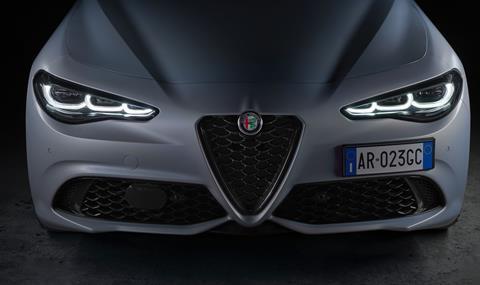
Q1 shipments – covering a large period before the tariff impact would have been apparent – fell 9% globally, notably in both Europe and North America. Problems at Maserati and Alfa Romeo are now so severe than McKinsey has been brought in to develop a new strategy for these brands; they arguably need technology partners to maintain their high-end positioning, or they may end up being sold. Whether Stellantis – which has a plethora of mass-market brands – is really the best owner, or custodian, for iconic but loss-making brands is open to question.
EV transition challenges
Stellantis’ youthful chair, John Elkann (part of the Agnelli family that dominated Fiat for many years), recognises that tariffs, and increasingly strict European emission rules, are adding to the existing strains on the company; Elkann wants to see the industry allowed to operate in an “orderly transition” to the new EV world order. He has been critical of the EU’s “unrealistic” path to electrification and thinks the EU’s plans are “disconnected from market realities”. That may be so, but the company also has to deal with expensive market realities of its own, such as the €35m compensation package for the recently departed CEO Carlos Tavares, who has yet to be replaced; apparently, Stellantis has a short list of five possible replacements, two internal and three external candidates.

Whoever eventually becomes Stellantis’ new CEO will have a long to do list; while waiting for McKinsey’s recommendations on what to do with Maserati and Alfa Romeo, one of the first things which the new CEO will have to deal will be developing a new advertising strategy for Jeep, Ram and Dodge in the US. The company’s adverts suggesting these vehicles are made in America, or the US specifically, have fallen foul of regulators. They have told Stellantis that because its vehicles contain a significant amount of non-US content they cannot be referred to as having been made in America. On a broader level, moreover, the new CEO needs a new sales and marketing strategy to turn around seven consecutive quarters of declining US sales, including in falling 12% in Q1 when the market as a whole grew.
Troubles compounded by tariffs
Of equal importance is how to address the tariff environment. In early April Stellantis laid off around 1,000 US employees at its own component plants in Michigan and Indiana because these plants were supplying Stellantis vehicle plants in Mexico and Canada. Even though Canada and Mexico are not necessarily imposing directly reciprocal tariffs, Stellantis is pausing vehicle assembly in Canada and Mexico while it works out what to do in response to the new tariff regime. The Stellantis factory in Ontario will stop making the Pacifica and Voyager MPVs and the electric Dodge Charger, meanwhile the Stellantis factory at Toluca, Mexico will stop making the Jeep Compass and the electric Jeep Wagoneer. And while its many European brands also face up to falling volumes in the face of the Chinese onslaught, it is now in receipt of a class action brought against it in Italy over faulty Takata airbags. This could cost as much as €285m.
2025 is already proving a challenge for Stellantis and its interim senior management. It needs an effective new boss as quickly as possible, and he or she needs to hit the ground running hard. If not, then a break-up and split between the US and European arms will become a district possibility.

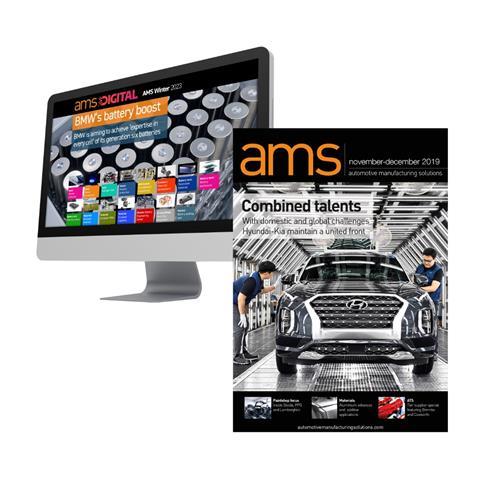






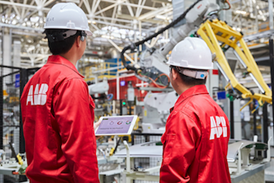

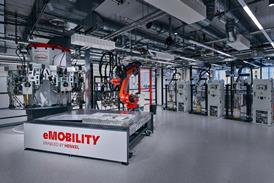

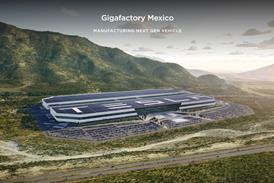
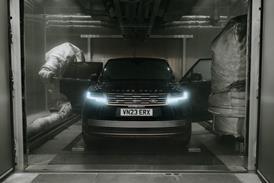
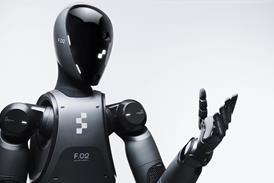
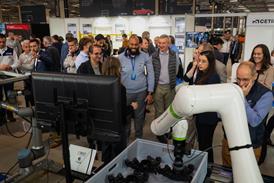

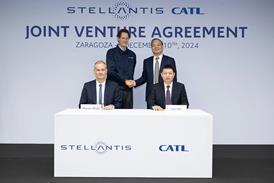
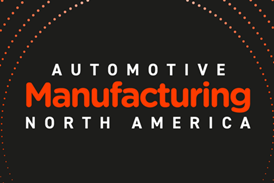
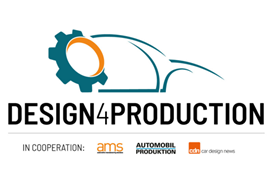


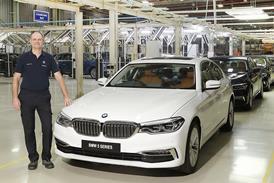
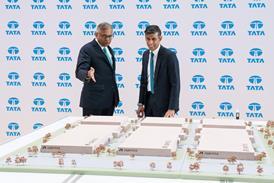


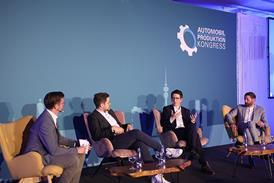


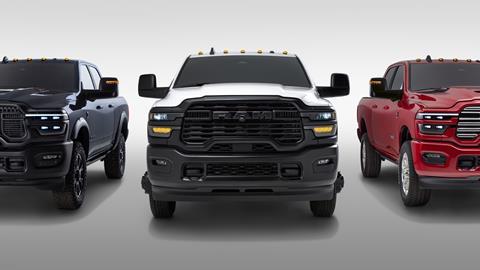
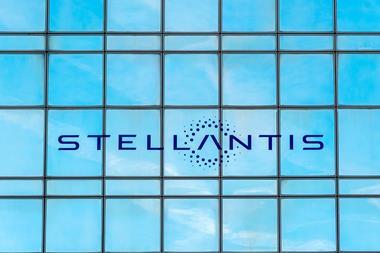
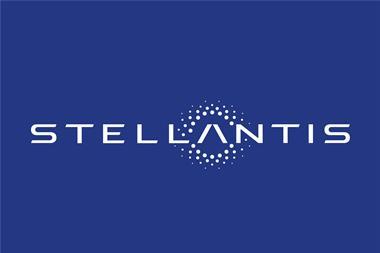


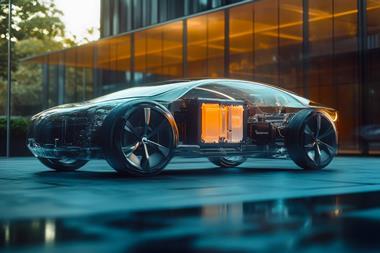
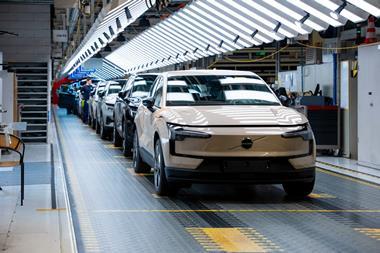



No comments yet